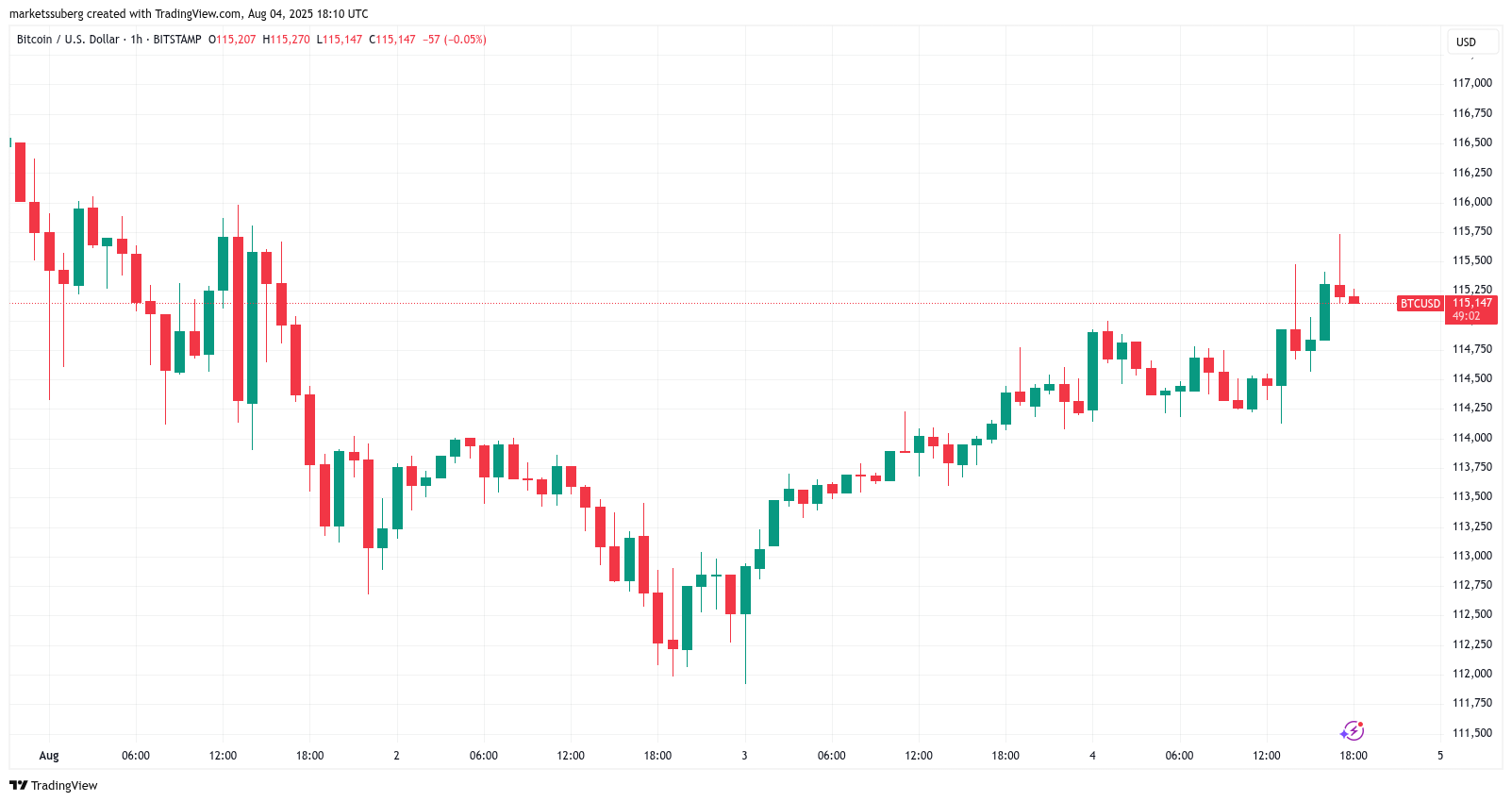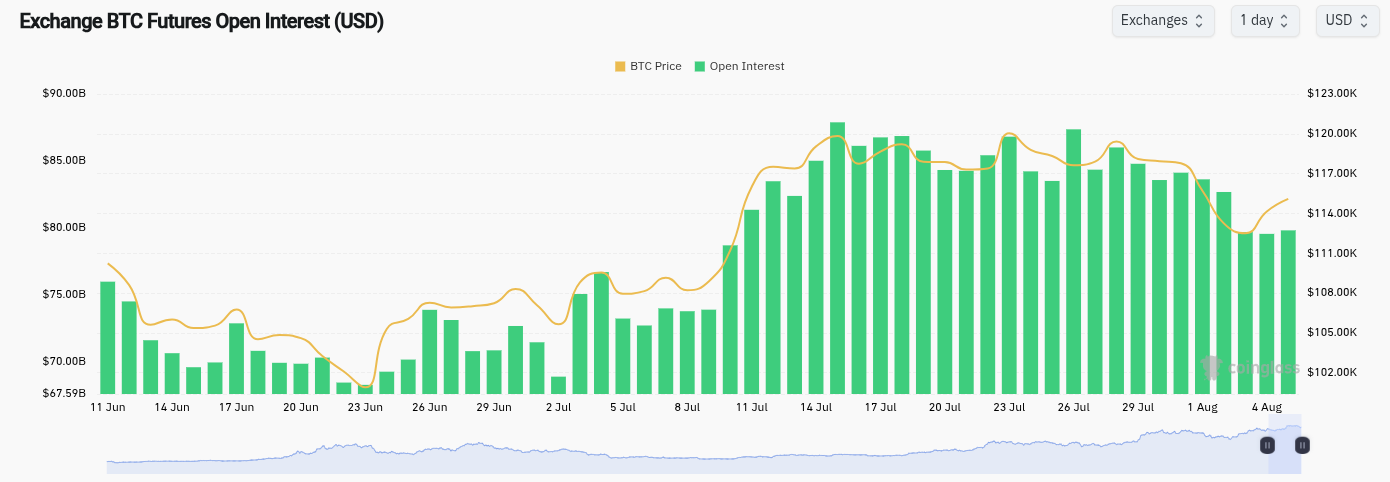Bitcoin’s price is testing a crucial resistance near $116,000, supported by strong liquidity walls and ETF netflows that indicate market sentiment, while $110,000 remains a key support level for bulls and bears alike.
-
Bitcoin price faces significant liquidity barriers around $116,000, marking a pivotal point for bullish momentum.
-
Support levels near $110,000 are expected to hold if bearish pressure intensifies, providing a safety net for traders.
-
ETF netflows serve as a vital gauge of institutional appetite, with recent outflows signaling cautious optimism in the market.
Bitcoin ETF netflows and liquidity walls highlight $116,000 resistance and $110,000 support, signaling key market levels. Stay informed with COINOTAG’s expert analysis.
BTC Price Faces Critical Liquidity Walls at $116,000
Bitcoin (BTC) surged toward $116,000 following the reopening of traditional financial markets, encountering significant liquidity walls that may dictate short-term price action. Exchange order-book data reveals a dense cluster of sell orders near $115,800, creating a formidable resistance level. This liquidity barrier is pivotal for bulls aiming to sustain upward momentum.
Market analyst Rekt Capital highlighted the importance of reclaiming the $116,000 level, noting it as the top of the recently filled Daily CME Gap, a key technical indicator that often acts as a price magnet. Successfully surpassing this threshold could confirm a bullish trend continuation.
How Does Liquidity Influence Bitcoin’s Price Movement?
Liquidity walls represent concentrated buy or sell orders that can halt or reverse price movements. In Bitcoin’s case, the sell-side liquidity near $116,000 is a critical hurdle. Conversely, strong bid ladders from $112,000 to $113,800 provide a robust support zone. Traders expect a bounce near $110,500 if the price dips below these levels, indicating a well-defined range shaped by liquidity dynamics.

BTC/USD 1-hour chart. Source: Cointelegraph/TradingView
Bitcoin ETF Netflows Provide Insight into Market Appetite
Institutional interest in Bitcoin is closely monitored through ETF netflows, which recently showed a significant outflow of $812 million on August 1, marking one of the largest daily withdrawals on record. This data suggests a cautious stance among investors amid ongoing macroeconomic uncertainties.
Trading firm QCP Capital emphasized that such drawdowns often represent corrective phases rather than capitulation, with leverage flushes historically preceding renewed accumulation. The firm remains cautiously optimistic, highlighting that renewed ETF inflows and declining volatility would signal improving institutional sentiment.
What Do ETF Flows Indicate About Bitcoin’s Future?
ETF netflows act as a barometer for institutional demand. Negative flows may indicate short-term profit-taking or risk aversion, while inflows suggest growing confidence. The recent outflows, combined with the lowest Bitcoin futures open interest since July 10, point to a market in consolidation. Analysts suggest monitoring these flows closely for signs of stabilization.

Bitcoin futures open interest (screenshot). Source: CoinGlass
| Metric | Value | Comparison |
|---|---|---|
| Bitcoin ETF Netflows (Aug 1) | -$812 million | Second-largest daily outflow on record |
| BTC Futures Open Interest | Lowest since July 10 | Indicates reduced leverage |
What Are the Key Support Levels for Bitcoin Amid Current Market Conditions?
Bitcoin’s support near $110,000 is critical for maintaining market stability. Exchange order books show substantial bid walls around this price, suggesting strong buyer interest. If bearish momentum intensifies, this zone is expected to absorb selling pressure and potentially trigger a rebound.
How Are Traders Positioning Themselves Around These Levels?
Market participants are closely watching the $110,000 to $113,800 range as a battleground between bulls and bears. Popular traders like BigMike7335 and Cipher X highlight Fibonacci retracement levels and liquidation heatmaps to anticipate potential price reversals. This data-driven approach helps traders manage risk amid volatile conditions.

BTC liquidation heatmap (screenshot). Source: CoinGlass
Frequently Asked Questions
How do Bitcoin ETF netflows impact market trends?
ETF netflows reflect institutional demand for Bitcoin. Positive inflows can drive prices higher, while significant outflows may indicate profit-taking or market uncertainty, affecting short-term trends.
Why is $116,000 a critical level for Bitcoin?
The $116,000 level corresponds to a major liquidity wall and the top of the CME futures gap, making it a key resistance point that bulls must overcome to sustain upward momentum.
Key Takeaways
- Liquidity walls near $116,000: Act as a major resistance level for Bitcoin bulls.
- Support around $110,000: Provides a critical safety net for price declines.
- ETF netflows as market sentiment indicators: Recent outflows suggest cautious optimism among institutional investors.
Conclusion
Bitcoin’s price action is currently shaped by significant liquidity walls and ETF netflows, with $116,000 serving as a crucial resistance and $110,000 as key support. Institutional sentiment, reflected in ETF flows, will be vital in determining the next market direction. Traders and investors should monitor these levels closely as macroeconomic factors continue to influence volatility.
